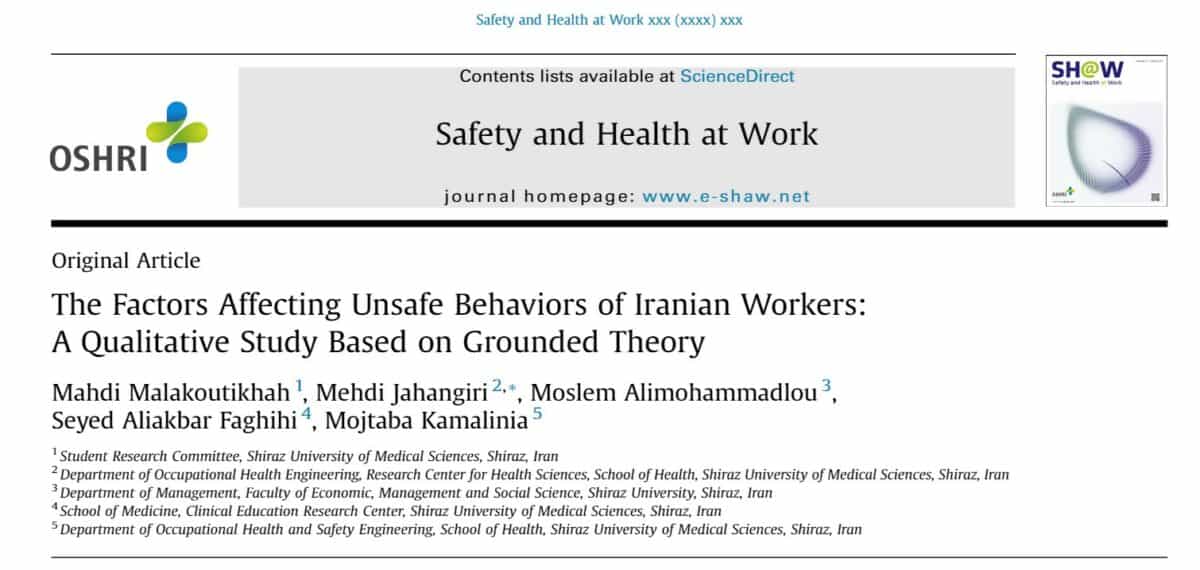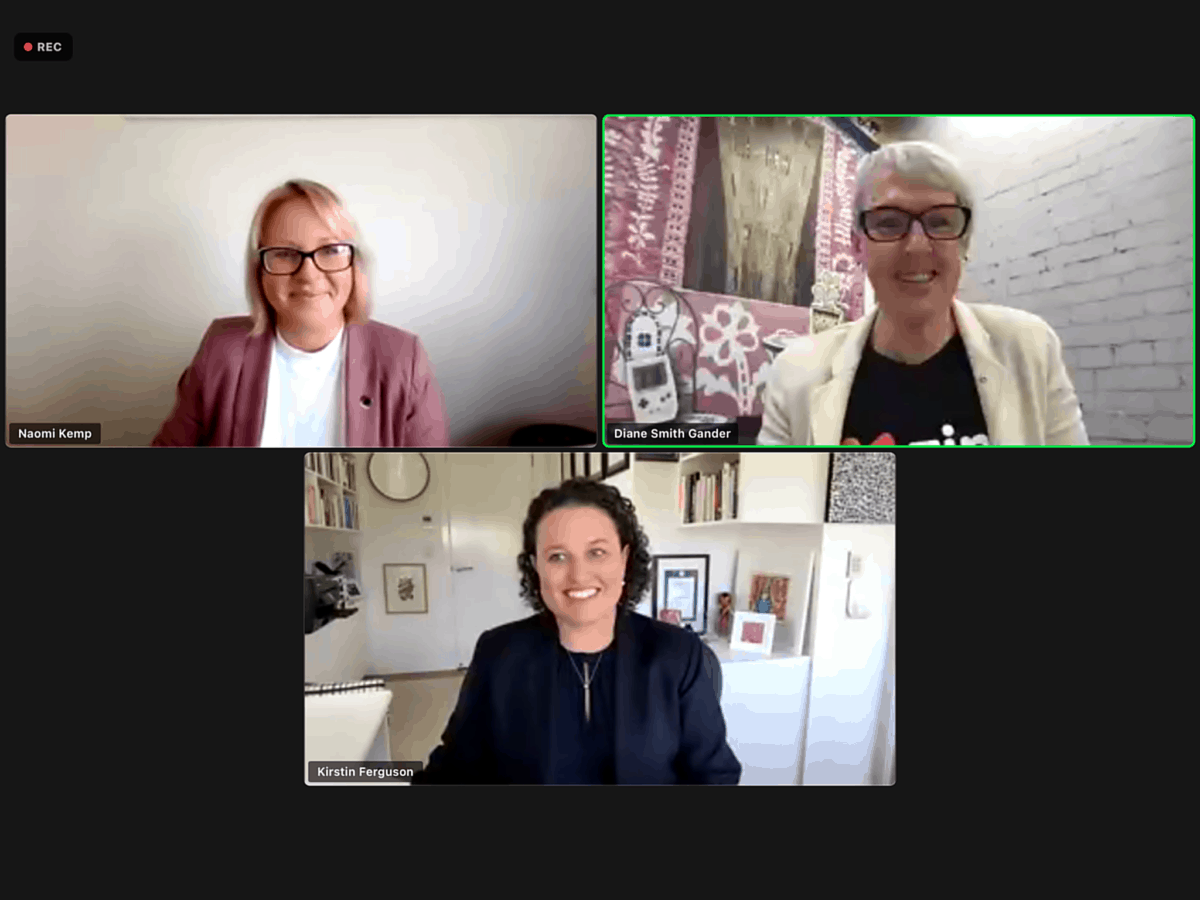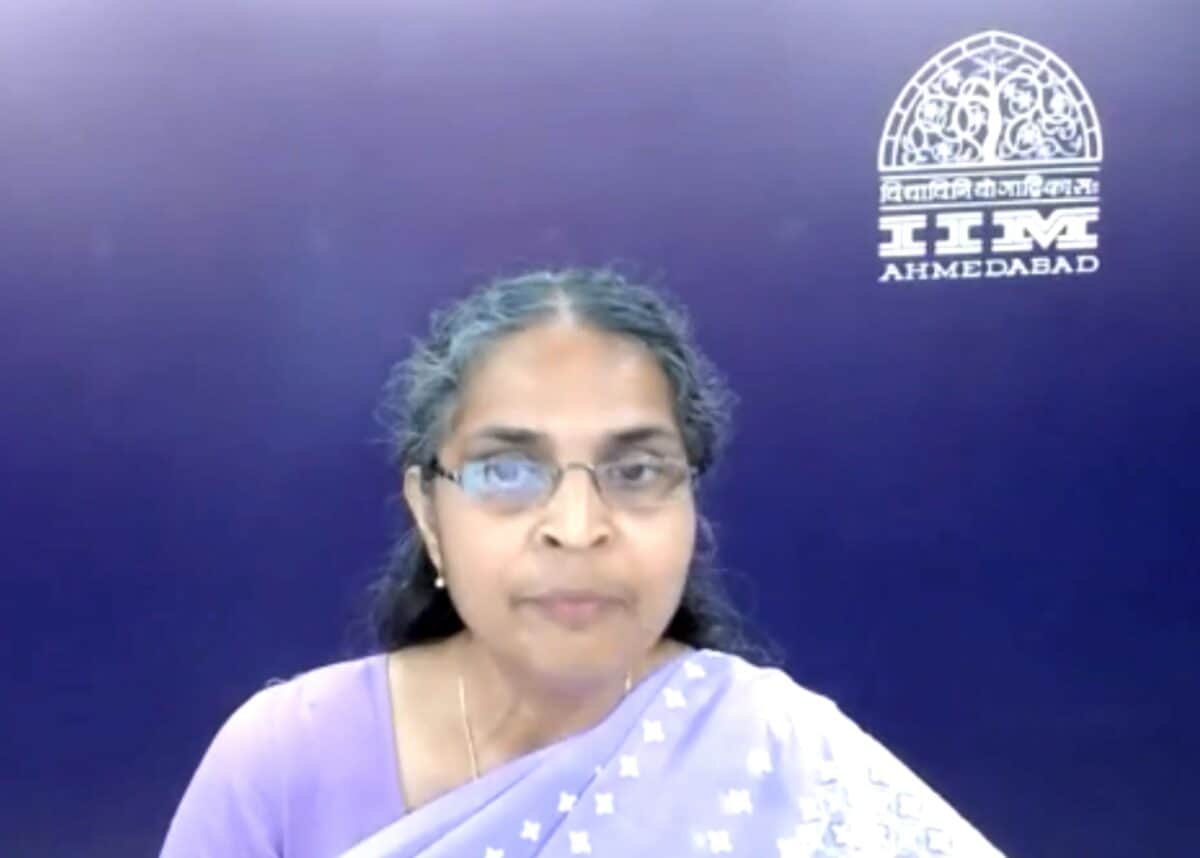Australians are starting to understand that having something described as “gold standard” – most recently in relation to the contact tracing services of New South Wales – is as helpful as describing occupational health and safety (OHS) laws and systems as “best practice”. These phrases are optimistic bullshit and politically fraught. The fragility of these phrases has been revealed in events as far apart as the COVID-19 pandemic of 2020-21 and the Esso Longford Royal Commission of 1999. Consider this paragraph from the Esso Longford Royal Commission report and its pertinence to NSW’s contract tracing:
Category: Leadership
Speak Global, Implement Local
Most of the international reporting in June 2021 was about the G7 meeting, but the International Labour Organisation (ILO) also conducted a World of Work Summit as part of its 109th International Labor Conference. Several world leaders recorded messages for the event, and two are particularly interesting – President Joe Biden and Pope Francis. Such statements do have global influence and can support local occupational health and safety (OHS) initiatives.
The causes of unsafe behaviours
This blog has always had strong reservations about the occupational health and safety (OHS) focus on the unsafe behaviour of workers to the exclusion of organisational and socio-economic factors. A recent research study on Iranian workers provides a fresh look at the causes of unsafe behaviours applicable to a wide range of occupations.
The report* by Mahdi Malakoutikhah, Mehdi Jahangiri, Moslem Alimohammadlou,
Seyed Aliakbar Faghihi, Mojtaba Kamalinia of the Shiraz University in Iran found three factors contributing to unsafe behaviours:
- Organisational
- Individual
- Socio-economic
Nothing radical in those categories but the subcategories and themes are more useful as this table shows.
“Hmm, do tell me more” – safety leadership
Recently the Australian Institute of Health and Safety (AIHS) conducted a lunchtime online seminar on leadership. The speakers were prominent Australian women – Naomi Kemp, Diane Smith-Gander, Kirstin Ferguson and Queensland Minister Grace Grace. Although the seminar was hosted as part of the Women in Safety and Health group, these events are open to everyone. As work-related sexual harassment has shown, men are as involved in the process of safety and harm prevention as are women.
One of the biggest weaknesses of any safety management system, safety culture or safety leadership, comes from hypocrisy. Leaders state the importance of occupational health and safety (OHS) to the business then make decisions where OHS and worker welfare is dismissed or minimised, or rationalised dubiously to “as far as is reasonably practicable”.
Smith-Gander spoke about how executives should embed OHS into all the Board and executive decisions beyond the obligatory and often poor quality “Safety Moments” at the start of a meeting.
International perspective on bullying and harassment
In April 2021 the International Association on Workplace Bullying and Harassment conducted its 2002 conference online. The conference was enlightening for its inclusivity.
Many Western countries categorise work-related mental health as if they have minimal overlap. Workplace bullying is often seen as its own discipline with its own guidances, analyses and supporting industries. This can be convenient and has evolved from a reactive and often shallow response from Government.
This structure was acknowledged at the conference but many of the presentations ignored it and spoke about worker health, safety and welfare in the broadest terms.
The conference also balanced detailed local research with broad global contexts. This is the first of a series of articles based on presentations at the conference
The economy is King
There has been discussion over many years about the business case for occupational health and safety (OHS). Several academics have attempted to quantify the financial benefits of good OHS management and systems. Business does not operate in a political or economic vacuum but it is possible to think it does when the OHS profession is so quiet on socioeconomic elements.
Australia and many other countries operate in a neoliberal economic and political system that provides OHS benefits and harms. The OHS context is touched on occasionally in public forums but the size of the challenge for structural and organisational change in Australia is perhaps best illustrated by an excerpt of Prime Minister Scott Morrison‘s presentation to the West Australian Chamber of Commerce and Industry on April 14, 2021. When asked about his priorities as Prime Minister he said:
The hill that OHS needs to climb for respectability remains a mountain
The current Australian debate about sexual harassment at work illustrates the forces ranged against occupational health and safety (OHS) being seen as a legitimate approach to preventing psychological harm. Entrenched Industrial Relations perspectives appear to be the biggest barrier. Such barriers are not always intentional and have evolved over years and decades as cultures and ideologies do. Some of the recent media coverage on the release of the Federal Government’s response to the report of the 2020 National Inquiry into Sexual Harassment in Australian Workplaces illustrates the dominance of industrial relations thinking – part of the reason Sex Discrimination Commissioner Kate Jenkins has described elements of the government’s response as a missed opportunity.
The OHS profession must start to overtly tackle each of these dominant perspectives.







